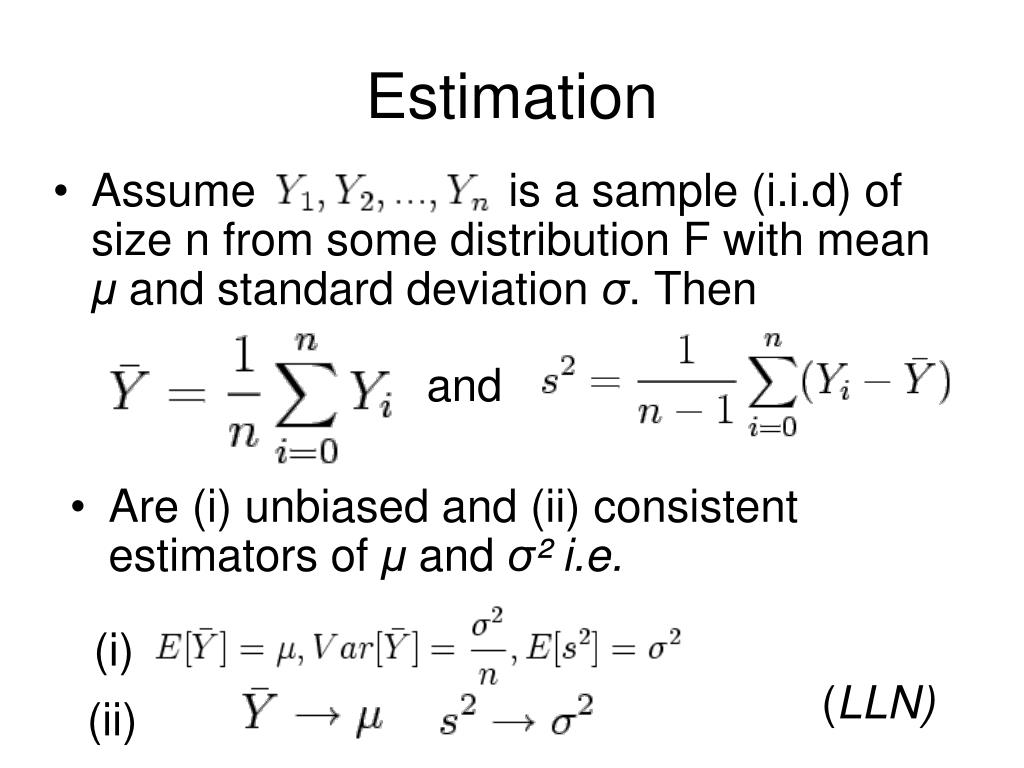

STATISTICAL CALCULATIONS FOR TRIALS TRIAL
Therefore, we have powered this trial to be able to detect a difference in SFQ score of 2 points. These findings suggest that improvements in social functioning may accrue over 1 year, hence we expect to find a greater magnitude of response at the 72 week follow-up than we did in the exploratory trial. A reduction of 2 points or more on the SFQ at 1 year follow-up in an RCT of cognitive behaviour therapy in health anxiety was associated with a halving of secondary care appointments (1.24.vs 0.65), a clinically significant reduction in the Hospital Anxiety and Depression Scale (HADS ) Anxiety score of 2.5 (9.9 vs 7.45) and a reduction in health anxiety (the main outcome) of 5.6 points (17.8 vs 12.2) (11 is a normal population score and 18 is pathological).

This difference of almost 2 points accords with other evidence that this is a clinically significant and important difference. (Note: a lower SFQ score is more desirable). However, a number of people received PEPS who were not included in the trial (e.g., the wait-list control) and, for this larger sample (N=93), the mean pre-post- treatment difference was 1.79 (pre-treatment mean=13.85, SD=4.21 post-treatment mean=12.06, SD=4.21). In the exploratory study, those referred to PEPS had a greater improvement in social functioning at 6 month follow-up equivalent to 1.05 points on the SFQ. “The sample size was calculated on the basis of the primary hypothesis. Item 14: Estimated number of participants needed to achieve study objectives and how it was determined, including clinical and statistical assumptions supporting any sample size calculations.


 0 kommentar(er)
0 kommentar(er)
